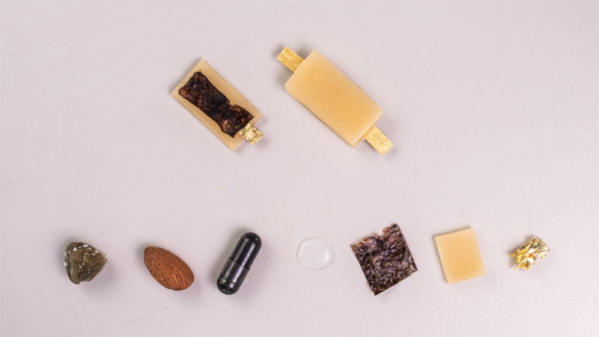Electronics have been sent to some pretty extreme environments, but inside a living host is a particularly tricky set of conditions, especially if you don’t want to damage the organism ingesting the equipment. One step in that direction could be an edible battery cell. (via Electrek)
Developed by scientists at the Istituto Italiano di Tecnologia, this new cell is made from food additives and ingredients to skirt any nasty side effects one might experience from ingesting a less palatable battery chemistry like NiCd. A riboflavin anode is coupled with a quercetin cathode, both with activated carbon to increase conductivity. Encapsulated in beeswax and with a separator made of nori algae, the battery is completely non-toxic.
The cell generates a modest 0.65V with a max sustained current of 48 µA for 12 min, but it shows promise as a power source for ingestible medical sensors, even if it won’t be powering your next mobile Raspberry Pi project. This isn’t the first time we’ve seen edible electronics; check out this screaming chocolate rabbit or robots made of candy.












